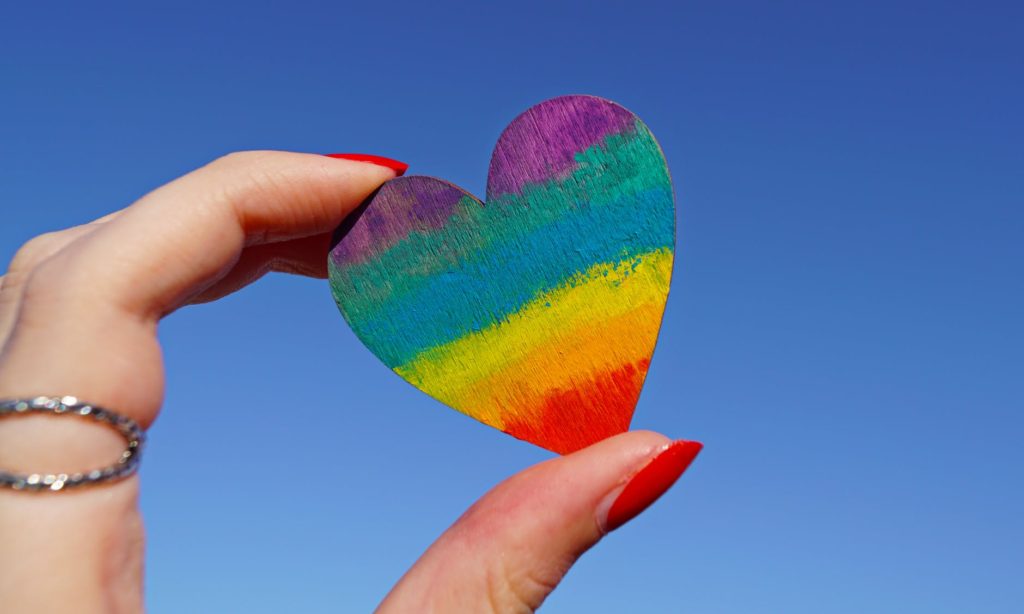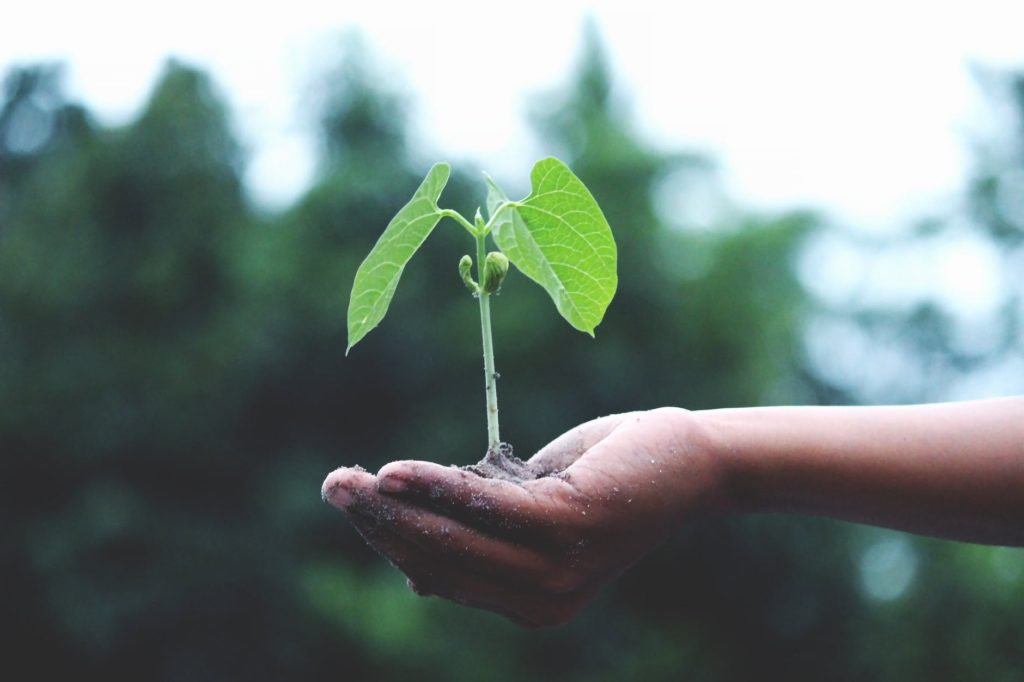My research focuses on understanding the diversity of who contributes to philanthropy and how personal identity (i.e. gender, sexual orientation, race/ethnicity) can serve as a motivation and barrier to philanthropic participation. While the interdisciplinary field of philanthropic and nonprofit studies has steadily grown in recent decades, most research has tacitly assumed the white, male, upper-class, heterosexual donor as the norm (Drezner, 2013). However, identity-based philanthropy scholars have found that marginalized and minority communities approach and participate in philanthropy differently. Below you will find a sample of my work in each category.
The primary focus of my research is examining the intersection of gender and philanthropy. I am particularly interested in the experiences of female donors and giving for gender-related causes.

Moving money and shifting power for social justice: Voices of wealthy next-gen donors. Women’s Philanthropy Institute, Indiana University Lilly Family School of Philanthropy (2023).
Social justice philanthropy and meeting next-gen donors where they are. Center for Effective Philanthropy (2023).
Donations by top 50 US donors dropped sharply to $16 billion in 2022 – Bill Gates, Elon Musk, Mike Bloomberg and Warren Buffett lead the list of biggest givers. The Conversation (2023).
Charitable giving in married couples: Effects of education and income on spouses’ giving. Nonprofit and Voluntary Sector Quarterly (2022).
The 50 biggest US donors gave or pledged nearly $28 billion in 2021 – Bill Gates and Melinda French Gates account for $15 billion of that total. The Conversation (2022).
The million-dollar donor journey: Stages of development for high-net-worth women donors. International Journal of Nonprofit and Voluntary Sector Marketing (2021).
What the $25 billion the biggest US donors gave in 2020 says about high-dollar charity today. The Conversation (2021).
5 takeaways from MacKenzie Scott’s $1.7 billion in support for social justice causes. The Conversation (2020, updated in 2021). Reprinted in FastCompany and Salon.
MacKenzie Bezos’s $17 billion pledge tops a growing list of women giving big. The Conversation (2019).
All in for women & girls: How women’s fund and foundation donors are leading through philanthropy. Women’s Philanthropy Institute, Indiana University Lilly Family School of Philanthropy (2019).
Giving by and for women: Understanding high-net-worth donors’ support for women and girls. Women’s Philanthropy Institute, Indiana University Lilly Family School of Philanthropy (2018).
Giving to women and girls: An emerging area of philanthropy. Nonprofit and Voluntary Sector Quarterly (2017).
The effects of gender, group composition and social trust on the volunteer behavior of Lions Clubs International members. Voluntary Sector Review (2016).
Giving to women and girls: Who gives and why. IUPUI ScholarWorks (2015).
Do women give more? Findings from three unique data sets on charitable giving. IUPUI ScholarWorks (2015).
How and why women give: Current and future directions for research on women’s philanthropy. IUPUI ScholarWorks (2015).
Where do men and women give? Gender differences in the motivations and purposes for charitable giving. IUPUI ScholarWorks (2015).
Public/translation
Cultivating exceptional donor communities: What we can learn from women’s fund and foundation donors. DonorSearch Flash Class (webinar) (2019).
I completed my dissertation on the under-researched topic of philanthropic giving by the LGBTQ community. Unlike existing studies on LGBTQ donors, this study was not limited to giving to LGBTQ causes, but it also investigated the broad range of causes that LGBTQ donors supported. I’m also interested in how queer theory can be applied to analyze philanthropy and the nonprofit sector.

LGBTQ+ philanthropy. Elgar Encyclopedia of Nonprofit Management, Leadership and Governance (2023).
LGBTQ philanthropy. Achieving Excellence in Fundraising, 5th edition (2022).
Where my gays at? The status of LGBTQ people and queer theory in nonprofit research. Nonprofit and Voluntary Sector Quarterly (2022).
Financial management and charitable giving in gay and lesbian households. Nonprofit and Voluntary Sector Quarterly (2018).
Inclusive Philanthropy: Giving in the LGBTQ community. In E. R. Tempel, T. L. Seiler, & D. F. Burlingame (Eds.), Achieving Excellence in Fundraising, 4th edition (chapter 11). John Wiley & Sons (2016).
The third (and newest) area of my research focuses not on donors, but on the broader field of philanthropy and the profession of fundraising. Here I am interested in issues around diversity, equity, and inclusion in fundraising and how the profession reproduces and is characterized by unjust social norms.

Sexual harassment. Elgar Encyclopedia of Nonprofit Management, Leadership and Governance (2023).
Giving with pride: Considering participatory grantmaking in an anti-racist, LGBTQ+ community foundation. The Foundation Review (2022).
Making the tea or making it to the top? How gender stereotypes impact women fundraisers’ careers. Voluntary Sector Review (with Beth Breeze) (2022).
Missing Out: Understanding the Female Leadership Gap in Fundraising. Institute of Fundraising (UK) (with Beth Breeze) (2020).
‘The prettiest member of the team’: How sexism pervades UK charities. The Guardian (with Beth Breeze) (2020).
Fundraising as women’s work? Examining the profession with a gender lens. International Journal of Nonprofit and Voluntary Sector Marketing (2017).
In 2019, the Giving USA Foundation commissioned a national study on planned giving to provide an up-to-date look at legacy donors and their giving experiences. As the principal investigator, I led a small research team to field a national survey of more than 900 donors and conduct 40 interviews with planned giving donors.

Want to do more for your favorite charity? Consider a planned gift. The Conversation (2020).
Smart planned giving strategies: How to infuse 30 years of research into your planned giving program. Journal of Education Advancement and Marketing (2020).
Leaving a legacy: A new look at today’s planned giving donors. Giving USA Foundation (2019).
As philanthropic and nonprofit studies is a relatively new area of study within the academy, I am also committed to conducting research and writing about my experiences teaching nonprofit and philanthropic courses and about the outcomes of my students’ learning.

“Teaching Philanthropy,” in H. Carpenter & K. Bezboruah (Eds.), Teaching Nonprofit Management (chapter 10). Edward Elgar Publishing (2020).
Reciprocity as a foundational concept in teaching philanthropic and nonprofit studies. Philanthropy & Education (2017).
Sequential online course re-design: When “It just takes time” works no longer. To Improve the Academy: A Journal of Educational Development (2014).